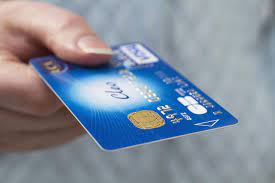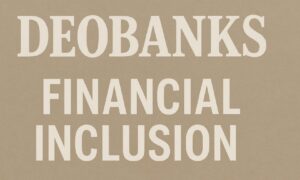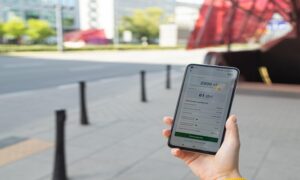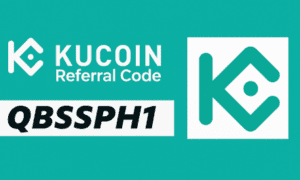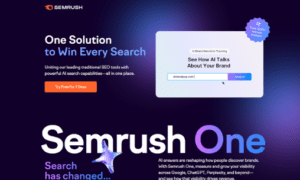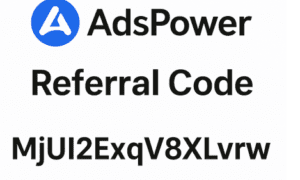Access Is Expanding, But Not Equally
The push for financial inclusion has opened doors for millions. Yet for many, the barriers remain familiar: account fees, distance from branches, or simply not wanting a primary card stored all over the internet. This is where prepaid steps in. With no credit checks, no overdrafts, and instant digital delivery, prepaid tools are becoming the first safe step into the modern economy.
Prepaid as a Gateway, Not a Dead End
Financial inclusion isn’t only about bank accounts. For many people, prepaid is the on-ramp. It lets them receive value, make purchases, and practice digital money habits long before they’re ready for credit lines or full-service accounts. For others who are already banked, prepaid works as a complement: a way to separate certain budgets, cap spending, or keep risky transactions away from core accounts.
Why Governments and Merchants Like It Too
Public programs need speed, reach, and control. Prepaid rails allow benefits to flow quickly to people who don’t want them mingled with personal balances. For merchants, prepaid cards often settle more cleanly, reduce fraud disputes, and encourage loyalty when store credits are re-spent. In both cases, the appeal is the same: simple, bounded value that just works.
Why Consumers Embrace It
For individuals, prepaid offers three things traditional accounts often miss:
- Control → Spending stops at zero, which makes budgeting concrete.
- Privacy → A prepaid card can stay isolated from personal accounts, lowering exposure.
- Resilience → Value that’s already loaded works even if a bank is down or a card needs replacing.
Families use prepaid to give children safe allowances. Students set monthly pools for essentials without risking overdraft. Travelers use prepaid eSIMs and ride credits to stay connected abroad without roaming shocks. What looks like a simple payment method often becomes a smarter way to live online.
Where Things Can Go Wrong
The prepaid model isn’t perfect. Poorly designed products can pile on fees or become dead ends instead of stepping stones. The challenge is to keep prepaid transparent, fairly priced, and connected to pathways that help people progress financially. Inclusion should be about growth, not just access.
The Overlooked Upside: Everyday Confidence
Beyond inclusion, prepaid has become a consumer strategy for confidence. It keeps primary cards off long-tail websites, caps the risk of new apps, and creates visible boundaries in categories where “quiet drift” spending is common, like subscriptions or in-app extras. It’s not about saying no to purchases — it’s about making every yes intentional.
Where TopupSpot.com Fits
TopupSpot.com makes this behavior practical. The site brings together brand gift cards, category vouchers, mobile top-ups, and prepaid payment cards in one place. Shoppers can build a buffer for everyday spending, families can ring-fence a monthly “digital services” envelope, and teams can pre-fund travel or group expenses without juggling receipts.
The process is simple: decide the pool, load it on TopupSpot.com, and spend within the line you set. Instead of spraying a main card across dozens of sites, you reuse a routine that keeps exposure small and predictable.
Who Really Benefits?
The truth is everyone benefits when prepaid is designed well.
- Governments get reliable rails for distribution.
- Merchants get more confident buyers and fewer disputes.
- Networks add volume from people who might otherwise stay in cash.
- Consumers get an instrument that is simple, bounded, and compatible with how digital life really works.
The task ahead is to ensure prepaid products remain transparent and connected to broader opportunity. When they do, prepaid isn’t just a tool of access — it’s a tool of progress.

